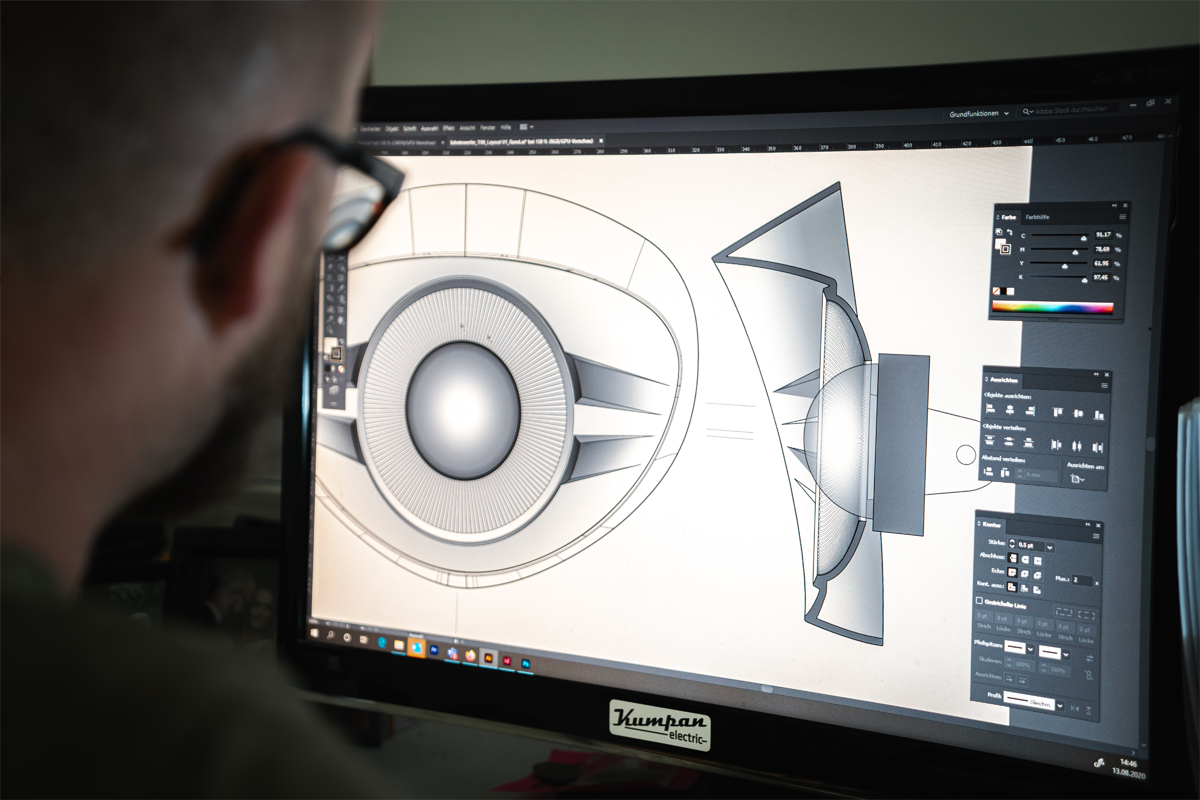
21 Jan 2022
By Michelle Glancy, Marketing Assistant at DARe-me Consulting Engineers.
With the introduction of CAD, a previously-time consuming manual design process has been replaced with technology which creates 2D and 3D designs to help visualise what a finished project will look like.
What is CAD?
Computer aided design (CAD) is a software used by architects, designers, engineers and construction managers to produce designs. These are highly accurate drawings and plans of built assets such as buildings.
Dependent on the software used, CAD can create 2D or 3D models. Supplementary information can also be included such as component descriptions and dimensions. CAD allows users to explore different design ideas and visualise how an asset will look and perform when constructed.
How is CAD used within the construction industry?
CAD allows the creation and optimisation of the design process. Modifications can easily be made, providing engineers with highly accurate representations.
CAD enables consideration as to how different materials will interact, which is particularly beneficial when additional information is added to drawings by other parties. Designs can easily be accessed by different members of the project team including the contractor and subcontractors. As a result, this improves communication and potential issues can be identified and remedied quickly.
This programme allows the design team to consider additional features such as plumbing and electricity, resulting in more comprehensive plans. Consequently, fewer unexpected issues will emerge during the construction process.
Advantages of Computer Aided Design
BIM
Building information modelling (BIM) further reduces errors and improves the quality of information. This can generate cost estimates and quantities as well as tracking information. While CAD is a tool used for the design process, BIM focuses on creating and managing digital information about a built asset across its life span.
In the initial stages of a BIM project, the design team ensures information is coordinated and clear for those involved in the construction and operation stages. Within the construction stage, this information is drawn on to enable a smooth construction process, with modifications being made accordingly. Once the project has been completed, this information can be used to operate and monitor the asset. If implemented successfully, organisations can reduce their waste by as much as 20-30%.
Summary
It is clear why CAD has become a permanent fixture within the construction industry. By producing highly accurate designs and enabling a collaborate approach, this software allows for a smooth design process which translates into the construction stages of a project.
It seems probable that the accuracy and quality of CAD will only further improve to meet future design needs. Increasingly integrating this system with BIM will produce significant benefits for the construction industry.
DARe-me Consulting Engineer offer 2D & 3D CAD services as well as being capable of providing our services to fully comply with BIM level II to meet specific project requirements. Contact DARe-me Consulting Engineers today to find out more.